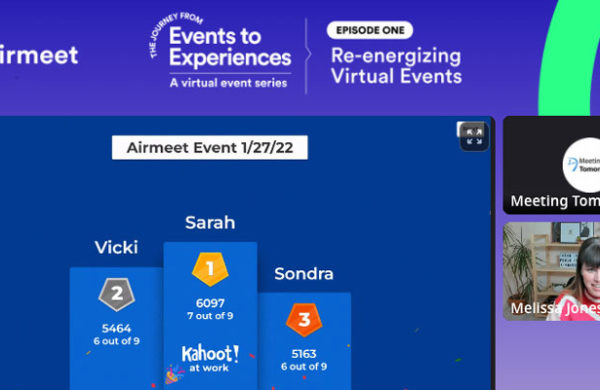
Presentation skills are an important ability to possess when it comes to succeeding in professional and academic life. An impressive presentation can win over an audience whether it be for a business venture, attaining grant funding, or a school project. Acquiring the skills to give a savvy presentation is a tool that is applicable in all aspects of life. Few people are born with the gift of public speaking, most people must work at preparing an effective speech or presentation, however once it is mastered it can greatly enhance any professional career.
Effective Communication Effective and compelling communication is the key to any successful presentation. Without an authoritative tone or an air of confidence (not arrogance!), a presenter’s main points will be lost on the audience. During a presentation it is key for the presenter to make eye contact, speak clearly and project, engage the audience by fielding questions, and most importantly, stay calm. A presenter must adapt to the audience and be prepared for all manner of disagreement or even confrontation. A presenter must also make the setting more comfortable by engaging in anecdotes and humor when appropriate. If you become overwhelmed or lose your train of thought, take a moment or two to compose yourself.
- Oral Presentation Skills: A bulleted list of presentation tips from Princeton University. It covers everything from preparation and organization to using visual aids.
- Hints for Success (PDF): A guide to presentation skills based on the physical aspects of a presentation such as eye contact, proper breath support, and hydration.
- Guidelines for Oral Presentations: A complete guide to oral presentations from organizing your thoughts to evaluation criteria.
Building a Presentation An important feature of a solid presentation is the use of visual aids. In most instances, a visual aid should highlight and clarify points rather than forming the basis for the presentation — the audience should be more focused on what the presenter is speaking about than what is on the visual aids. Common visual aids include PowerPoint slides, Elmo document cameras, handouts, charts, tables and graphs.
- Presentation Skills and PowerPoint: A guide to using PowerPoint to enhance a presentation including PowerPoint tutorials, templates, and tips.
- Visual Clarity: Outlines the importance of deciding which presentation aspects need extra focus through visual aids.
- Using Visual Aids Effectively: How to enhance a presentation with simple visual aspects such as slides or projectors.
Presentation Design When it comes to designing a presentation, it is best to keep visual aids as simple as possible. If the presenter is using slides, they should appear uncluttered with minimal text. The use of bullet points and titles help the audience to focus on the presenter’s most important points. As well, it is important to keep design and backgrounds plain and simple and not flashy or overbearing.
- Color Coordination: Description of a study that shows a presenter who color coordinates his attire to his presentation poster is likely to increase the popularity of his poster.
- Rethinking Presentation Slide Design: This article challenges the common PowerPoint format with the Assertion-Evidence Method.
Planning a Presentation When planning a presentation, preparation is a must. The presenter should know the argument inside and out as well as plan for debate from any angle. Also, it is imperative that a presenter take the venue and audience into consideration when planning the presentation. Visit the presentation venue prior to the actual presentation, get a feel for the environment, and make any necessary changes to the setup of the room.
Communicating in Your Specialty Not all presentation types are the same. Demonstrating to students is different from offering a proposal to a corporate board of directors. Other types of presentations include training demonstrations, business proposals, professional negotiations, or even job interviews.
- Becoming an Effective Presenter in Science and Engineering: An overview of specific strategies to cater a presentation to a scientific or technical audience.
- Strategies for Students (PDF): A look at academic presentations and how students can improve their skills.


